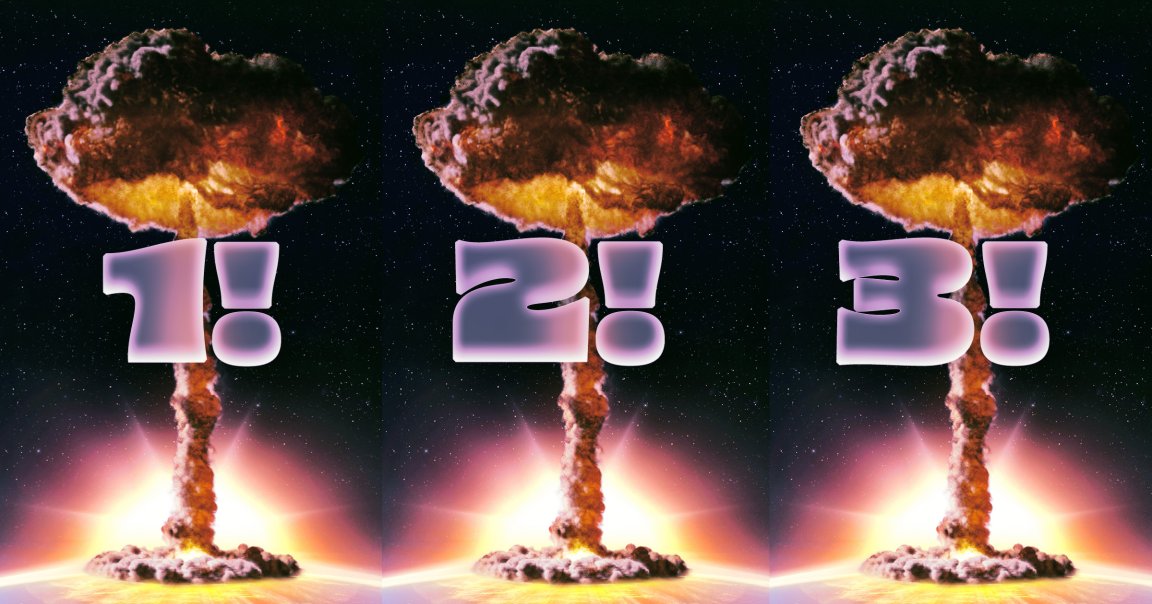
Here’s a “Dr. Strangelove”-sounding idea: drop three consecutive nuclear missiles on the same target.
The Chinese military simulated this shock and awe scenario in a miniaturized lab experiment in order to see what kind of damage would happen, according to the South China Morning Post, and published their findings earlier this month in the science journal, Explosion and Shock Waves.
They found that striking a target with multiple nuclear munitions in rapid succession leaves a bigger crater and causes way more destruction than a single detonation — duh — but the scientists claim that the research is relevant because it’s the first laboratory test to accurately simulate the damage from such a brutal attack.
But the true value from this test is probably that the military could glean data from the paper to build better bunkers that could withstand such an apocalyptic situation — a matter that’s on everybody’s mind as China and the United States size up each other’s weapons arsenal amid rising geopolitical tension.
The scientists in the paper in particular singled out the power of American and Russian weaponry such as a “new generation of low-yield earth-penetrating [nuclear missile] warheads” as a cause for concern.
For the missiles strike test, the team of Chinese military scientists produced a large metallic vacuum chamber with heavy, thick walls but small enough to fit in a lab room. Inside the chamber, they used pressurized gas to pierce three glass spheres buried in quartz sand to simulate a rapid succession of nuclear explosions, while cameras captured every second of these blasts.
They ran calculations that referenced the US Palanquin test in 1965, which was held to identify the impact from a nuclear detonation; in that long-ago experiment held in Nevada, the explosion left a crater radius of 119 feet and a depth of around 69 feet.
They recreated the Palanquin test in miniature in order to validate their laboratory set up and create a baseline for comparisons. In the experiment using multiple strikes in quick succession, the scientists found that such a scenario would yield a much bigger crater than the Palanquin test: 374 feet in radius and 115 feet deep.
“Results demonstrate that multi-point explosions significantly enhance crater radius, volume, and free-surface projection area compared to single-point events, dramatically expanding the damage zone, with explosive burial depth profoundly influencing the effect,” the study reads.
That’s a sobering conclusion for anybody who’s designing future nuclear bunkers; they’ll definitely have their work cut out for them.
More on nuclear weapons: Experts Warn That AI Is Getting Control of Nuclear Weapons